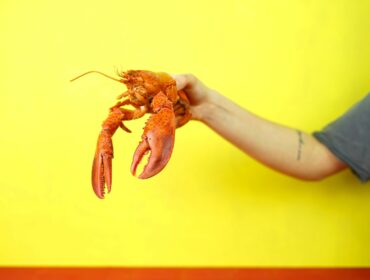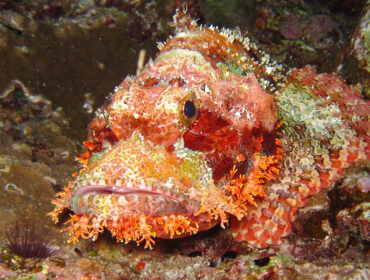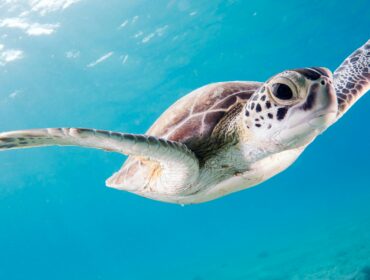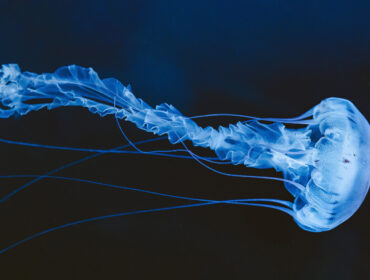Symbiotic relationships abound in the natural world, from insects and plants to animals and humans. A symbiotic relationship is most ideal when both parties benefit, but there are relationships in which only one benefits (commensalism), and those in which one party is actually harmed (parasitism). This post will focus on positive symbiotic relationships of the sea that are easily observed on tropical dives.
Sea Anemone and Clownfish

This symbiotic relationship is well known, due to the popularity of the film Finding Nemo. The sea anemone and clownfish are a great example of mutualism, meaning both species benefit from having the other around. The anemone protects the clownfish by concealing it within its poisonous arms, as well as leaving scraps of its meals for the clownfish to consume. In return, the clownfish rids the anemone of parasites, wards away predators, and even offers nutrients by way of its excrement.
Whale and Barnacle

The relationship between whale and barnacle is yet another example of commensalism. The whale reaps no rewards from a barnacle attaching to its body, yet poses no threat to the whale. The barnacle reaps great rewards by attaching itself to a whale because of its filter feeding nature. It stands to gain an abundant food source by attaching itself to a whale for the duration of its existence.
Decorator Crab and Sponges

A most striking balance is struck between the decorator crab and the sponges it decorates itself with. The decorator crab uses sponges as a means of defense, covering its shell with snipped pieces of sponge for camouflage. The sponges continue about their lives, filter feeding as they normally would attached to coral or any other surface. The crab can also benefit by toxins that may be inherent to the species of sponge it chooses, as well as feeding on the algae growing around the sponge. The sponge benefits by being exposed to many feeding opportunities based on the crab’s movements.
Manta Ray and Remora

Remoras are known collectively as ‘suckerfish’ for their propensity to attach themselves to many different types of species, including dugongs, sharks, sea turtles, and manta rays. The remora uses its host for the usual amenities: protection, transportation, and scraps from the larger predator’s meals. The remora can also exist in mutualism with its host by cleaning its skin of bacteria and parasites.




